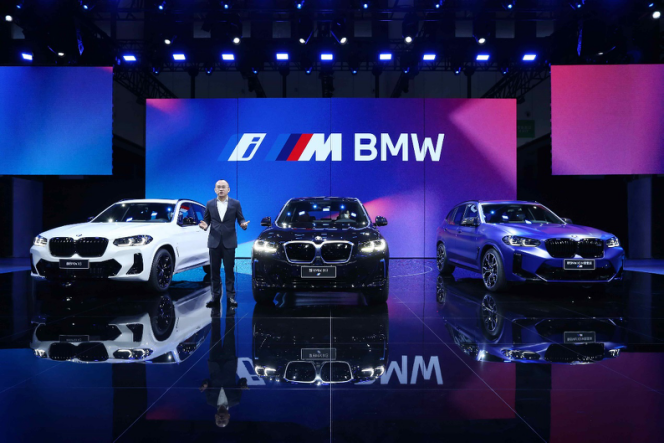*This article is reproduced from the autocarweekly WeChat official account.
Author: Wenfeng
The 2021 Chengdu Auto Show is still going on.
Although it is one of the four major auto shows in China, Chengdu Auto Show has always been seen as the most down-to-earth one, due to the strong lifestyle atmosphere of the city and an interesting objective factor: Chengdu is the only city among the four major auto show host cities that does not have license plate restrictions.
At the Shanghai Auto Show, the popularity of new energy vehicles is driving the trend of technological development, while the restriction of license plates is suppressing the demand for other products. However, at the Chengdu Auto Show, it is more like the attitude of the majority of statistical users in China towards the automotive market.
Therefore, at this year’s Chengdu Auto Show, the enthusiasm for new energy vehicles has not diminished, and there are also many upgraded fuel vehicles that have become popular among consumers, such as “off-road toys” like the Tank 500, “daddy vehicles” like the Toyota Senna and Kia Jiahua, and the powerful BBA models of the year.
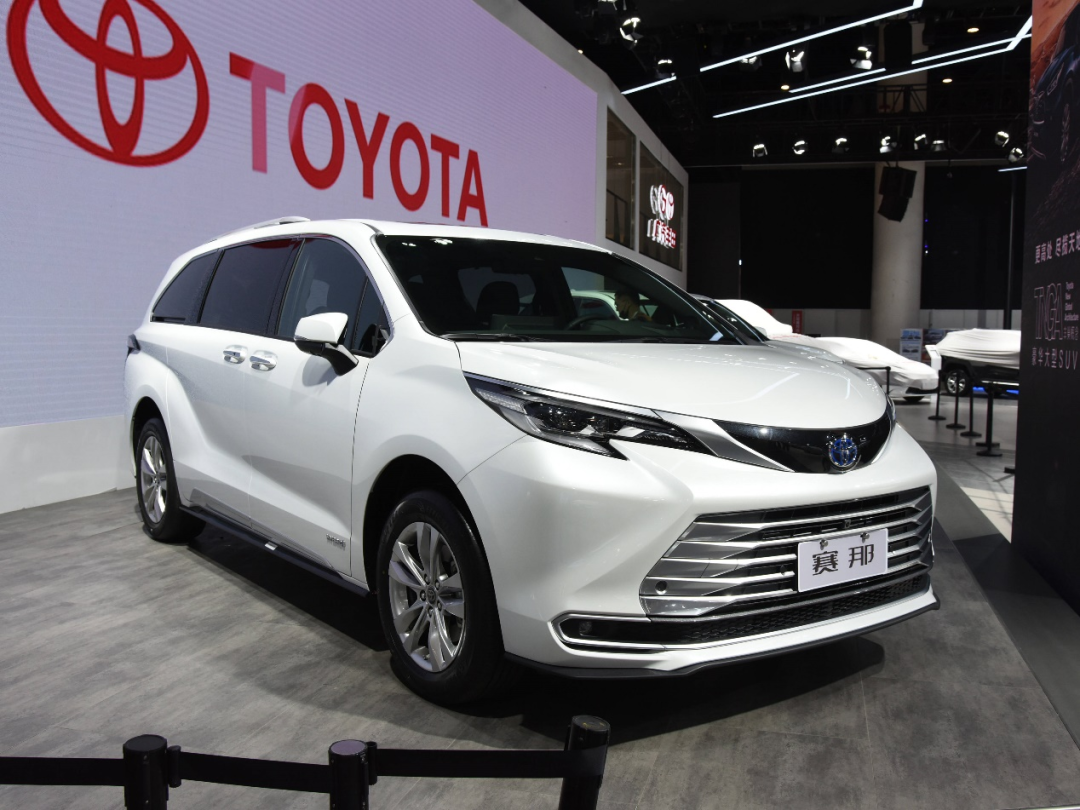
Today, we will focus on luxury brands.
How strong are BBA this year?
Perhaps friends are not sensitive to monthly reports until the end of the year when results are to be turned in.
In 2019, BMW, Mercedes-Benz, and Audi sold 723,700, 702,100, and 690,100 vehicles in China, respectively. In 2020, despite the impact of the epidemic, BBA’s sales volume increased against the trend and exceeded the 700,000-mark for the whole year in China. The order of BMW, Mercedes-Benz, and Audi did not change, with sales of 777,400, 774,400, and 726,300 vehicles respectively.
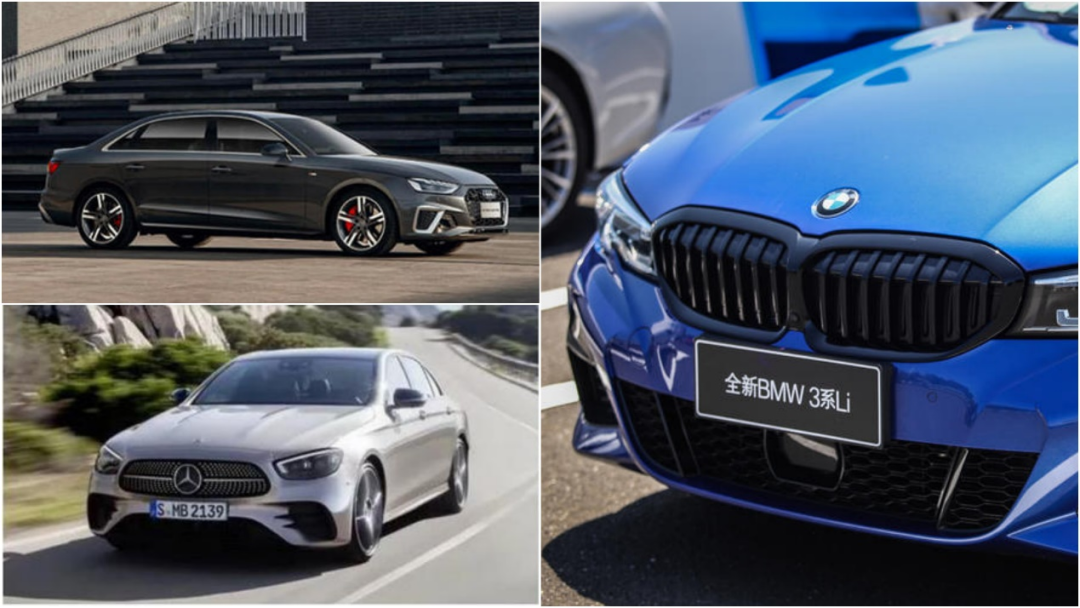
Last year, BMW won the championship in the wholesale end with a slight advantage, while in the retail end, Mercedes-Benz took the lead with a score of 793,200, leading BMW by nearly 35,000 units.
This year, luxury brands are “crazy about killing.” Although a part of orders has been suppressed due to the shortage of chips, BMW, Mercedes-Benz, and Audi have achieved double-digit year-on-year growth from January to July (although last year was significantly influenced by the epidemic) .
Taking BMW as an example, from January to July of this year, BMW Brilliance’s wholesale volume in China was 396,400, while the insured volume reached 413,900, and the difference between wholesale and retail was nearly 17,500 units. Behind this is the clearance of some inventory left over from last year. Combined with the sales volume of imported BMWs, BMW’s single-brand terminal insurance volume from January to July this year increased by 31.2% year-on-year to 516,700, making it the only brand among BBA to exceed 500,000 in terminal insurance in the first seven months.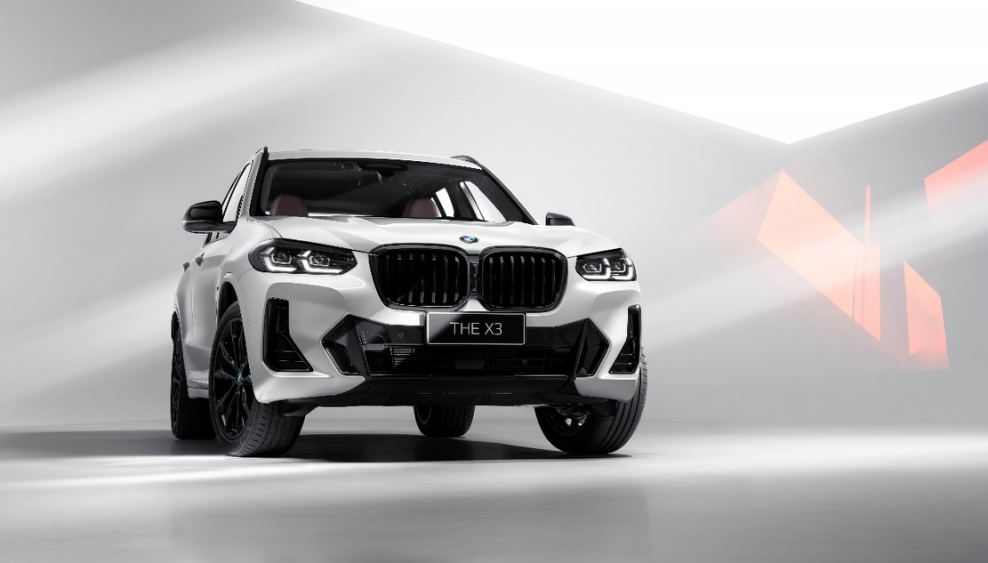
When we compare horizontally, if we include the sales of second-tier and high-end new forces, the overall market share of luxury brands has approached the boundary of 20% in the period from January to July this year. BBA has entered the Top 10 brands selected by end-users, with BMW ranking seventh. Many BBA models have entered the Top 10 of passenger car sales in first- and second-tier cities.
For luxury brands, “chip shortage” is a profound “Versailles”, which seems to say: My cars are not difficult to sell, but they cannot be produced. Alas, so many people cannot buy them even if they have money. It’s so “Versailles”! I don’t know if anyone on Zhihu has an average annual salary of one million yuan, but after the first- and second-tier cities, the average person may own luxury cars. What’s the difference between driving a Lavida and riding a shared bike?
BMW: Dual-engine treatment, strong lineup
BBA, which came to the Chengdu Auto Show, can be said to be confident and fast-moving. The old opponent Mercedes-Benz brought a heavyweight model—the all-new C-Class, which is intended to challenge BMW’s mainstay 3 Series. BMW’s response is: let me show you the depth of my lineup!
First of all, it is BMW’s Dual-Engine treatment – X3, which debuted the mid-term facelift model. X3’s cumulative sales from January to July were 95,300, an increase of nearly 34% compared to last year. The mid-term upgraded model is priced at RMB 392,800 to RMB 475,800.
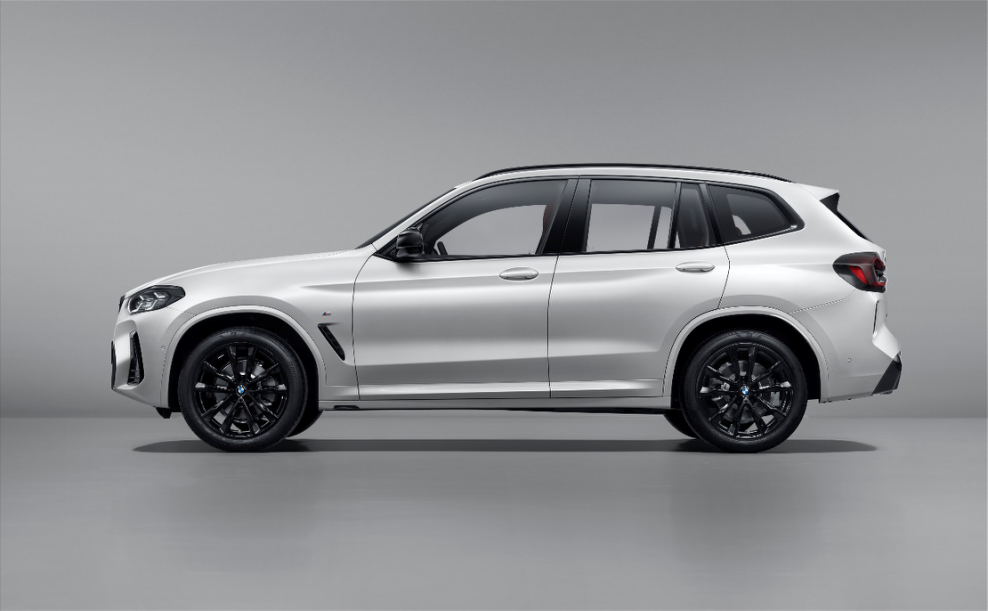
Key points:
- Compared with 2021 models, the price has slightly increased, and terminal discounts are expected to correspondingly narrow;
- The double-kidney grille has become larger, matched with a flatter 3D stereoscopic adaptive LED headlight;
- The rear exhaust and diffuser have been redesigned, and the taillights have been smoked black;
- The 20-inch/21-inch wheel rim styling is newly designed;
- The M Midnight Black package has been added, with an additional Mystic Grey color matching.
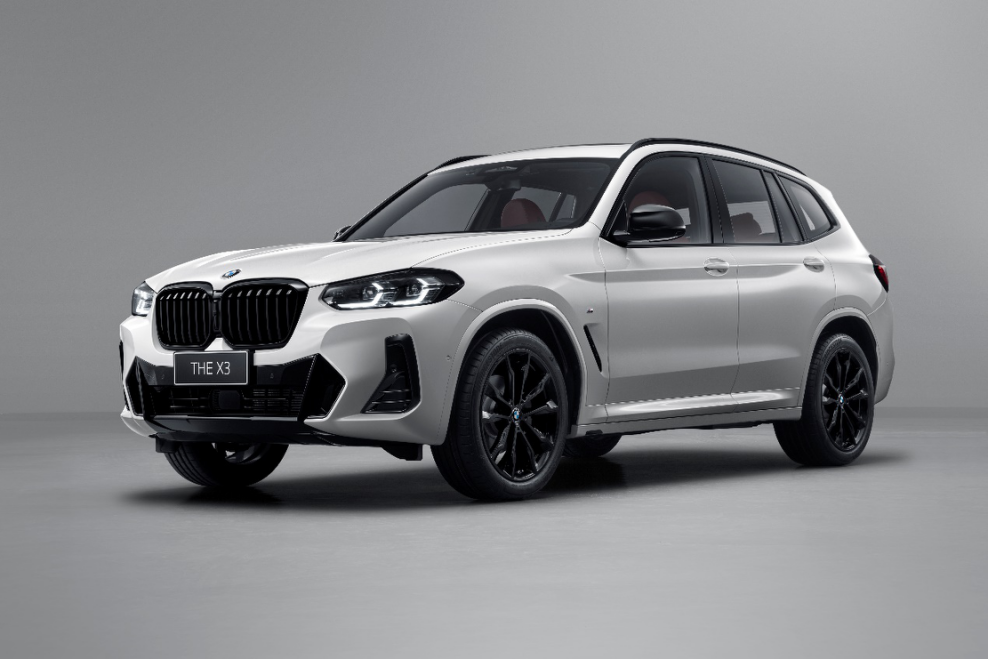
Next is the new generation of the X4, which debuted globally in the Chinese market. In the past, the subdivision of the SAV market was only a supplement to the mainstream market, but in the first half of this year, X4’s sales in the Chinese market increased by 23.2% year-on-year.
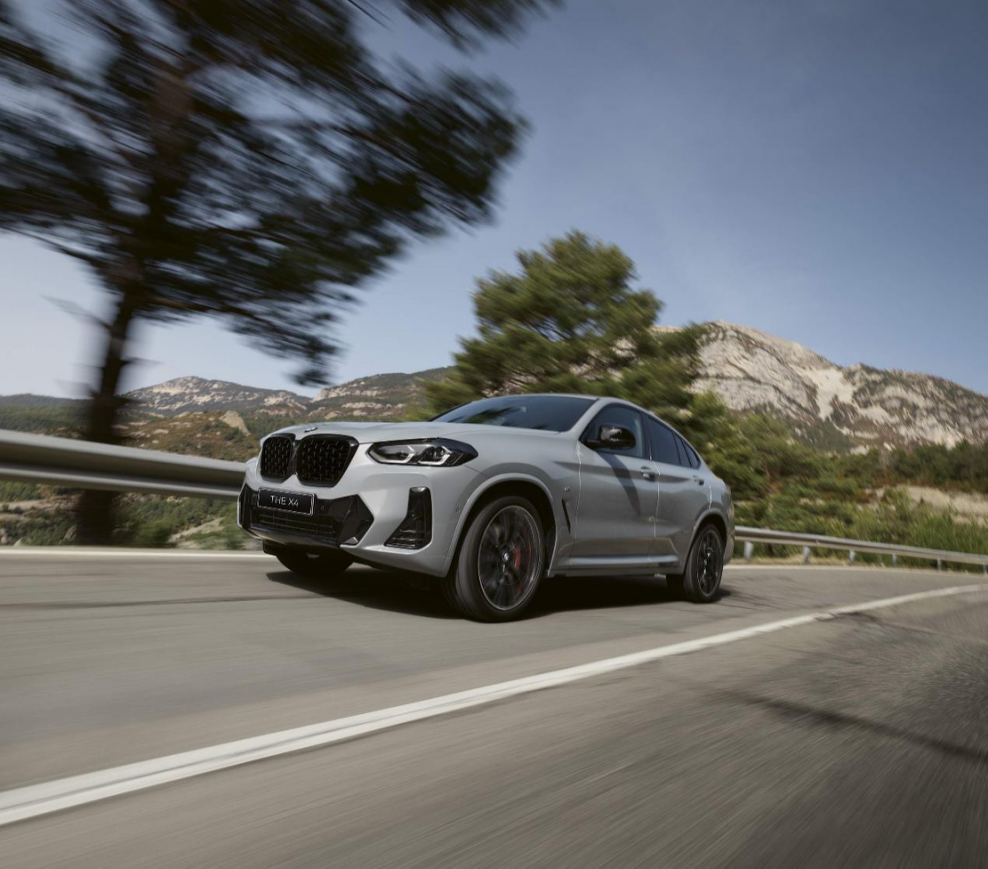
Key points:
- Family-style front-end design, with a large double-kidney grille and LED headlights;- The design of the rear of the car has undergone significant changes, with the main visual being the LED suspended taillights. The license plate frame has been moved to the rear bumper, which highlights details such as the rear diffuser.
- The interior design follows the family style, with a 12.3-inch central control screen integrated with the iDrive 7.0 system, which includes a large amount of localized functions.
- The entire series is equipped with a high-power 2.0T 180 kW (245 hp) engine with 350 Nm of torque, combined with a ZF 8AT transmission and xDrive four-wheel drive, achieving a acceleration of 6.8 seconds per 100 km.
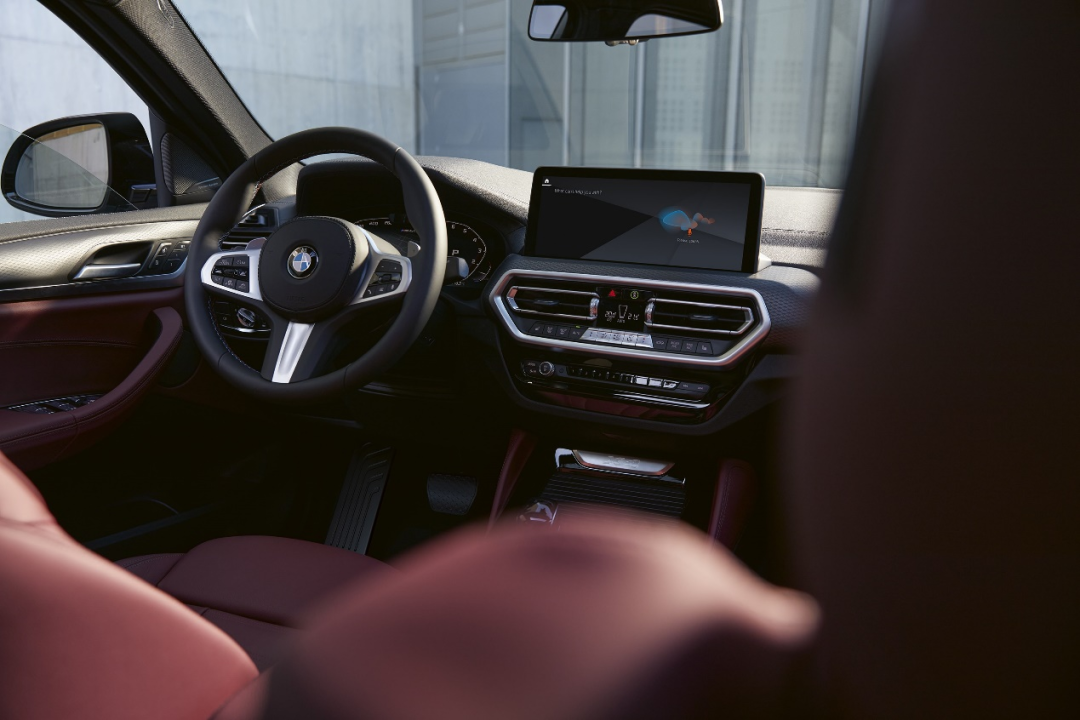
The new 4 Series sedan version also made its debut at the Chengdu Auto Show. The coupe series has been hard to come by at the end of this year, with sales rising by 80% in the first half of the year.
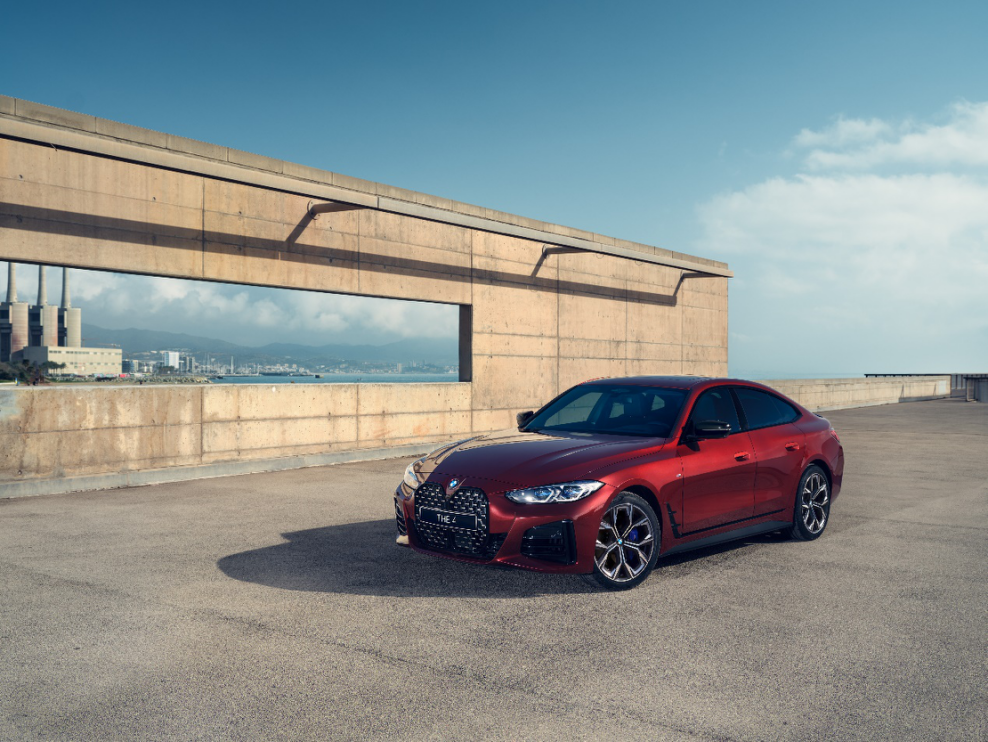
Key points:
- The car length has increased by 118 mm (reaching 4788 mm), the width has increased by 27 mm, and the height has increased by 44 mm, providing rear passengers more headroom.
- The increased front and rear wheelbase improves handling, with optional M performance differential locks, M high-performance calipers, M sports suspension, and variable sports steering systems.
- The 2.0T engine is available in both high and low power versions, with the 425i accelerating from 0 to 100 km/h in 7.9 seconds, while the 430i model has a torque increase of 50 Nm compared to the X3/X4 30i model, and can accelerate from 0 to 100 km/h in just 6.2 seconds.
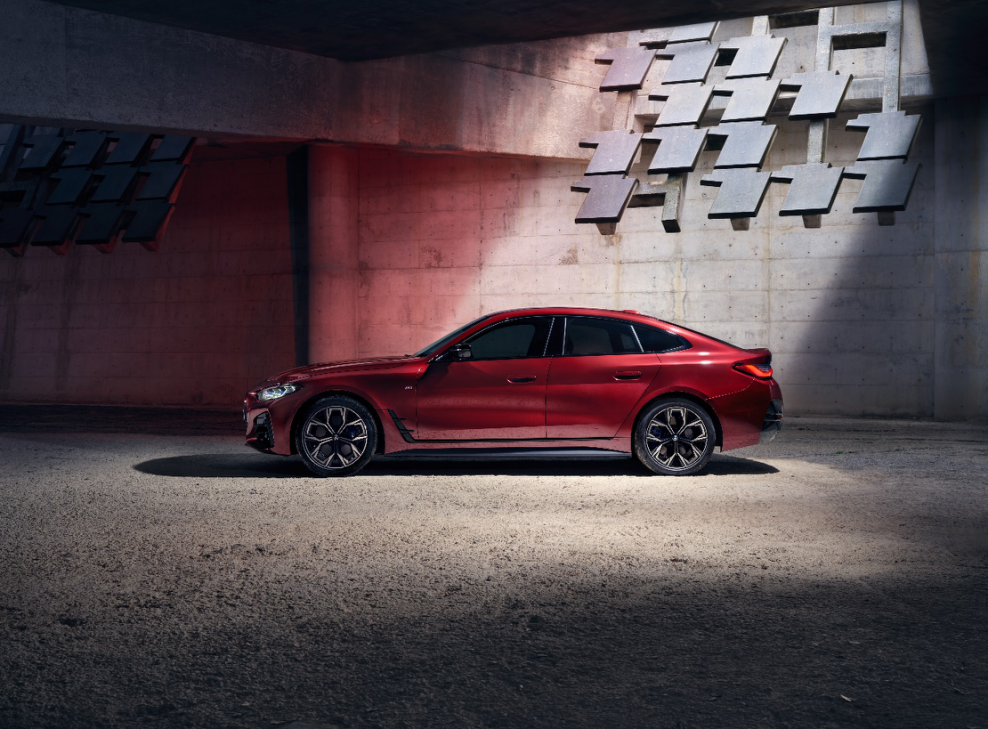
In the eyes of BMW fans, the spirit of M is indispensable, with the X3 M and X4 M released simultaneously, with prices ranging from ¥839,900 to ¥929,900, accounting for 20% of the BMW M family’s sales.
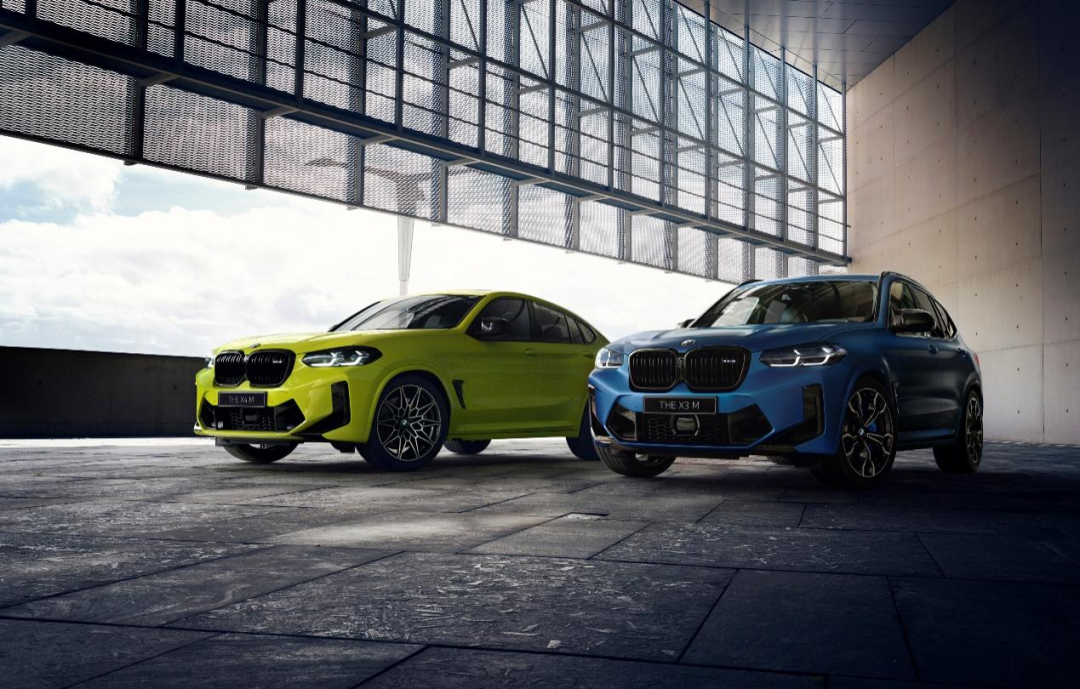
Key points:
- The 3.0L straight-six twin-turbo engine has slightly improved parameters, with a maximum power of 510 hp and peak torque of 650 Nm. It can accelerate from 0 to 100 km/h in 3.8 seconds.
- The 8-speed M Steptronic automatic transmission is paired with xDrive four-wheel drive, combining the handling characteristics of both four-wheel and rear-wheel drive.
- The interior is equipped with sport seats and a large amount of Alcantara material.
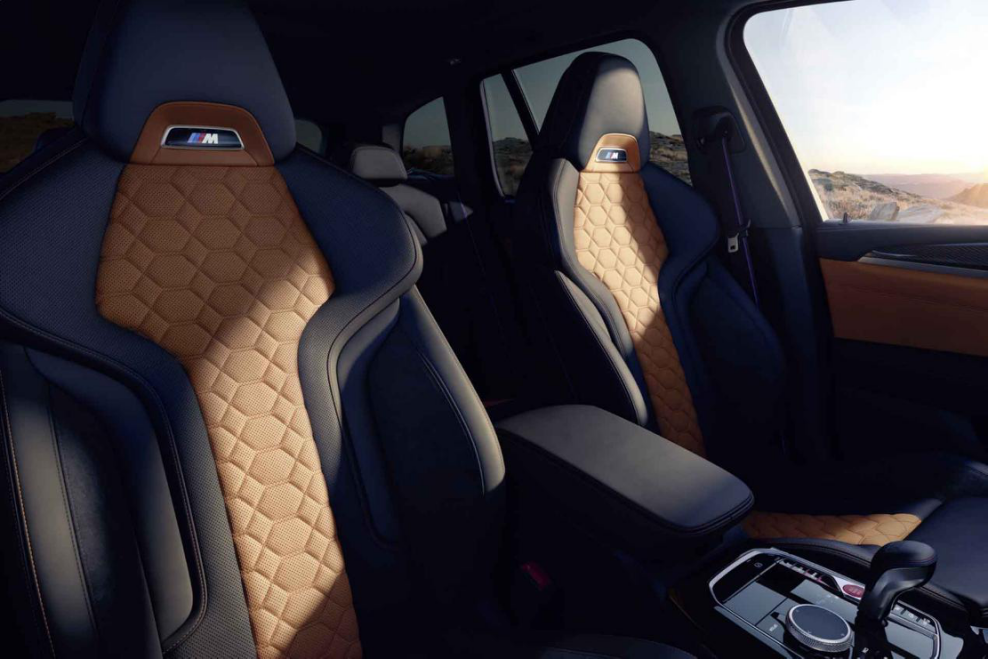 Although the front grille is closed, the iX3 released a new model along with the mid-term update of the X3, with upgraded grille contours, LED design, and consistent with the X3.
Although the front grille is closed, the iX3 released a new model along with the mid-term update of the X3, with upgraded grille contours, LED design, and consistent with the X3.
The NEDC range is 500km, and the acceleration speed per hundred kilometers is 6.8s.
The infotainment system has been changed to a 12.3-inch horizontal screen, consistent with the X3 gasoline version.
BMW: As the leader of BBA, I’m taking this spot!
In the wholesales market, BMW has been the first among BBA for two consecutive years. Based on past experience, although the sales of both sides are in a growth trend, the rhythm of the products launched by Mercedes-Benz and BMW is different, and the position of being the “leader” needs to be alternated.
But this year is different. In 2021, the chip shortage has deeply affected the production and sales rhythm of car companies, and new energy vehicles of new forces have made a grand entrance into the high-end market. What is BMW’s choice at this time?
The core keyword is “penetration rate.”
The chip shortage has an impact on all car companies, but the stability of BMW’s supply chain is obviously better. By adjusting only a few configurations, it can basically meet the delivery of the main selling models. Mercedes-Benz and Audi have both presented a “stop order” card. This is not just two old opponents pretending to be reserved. Who wouldn’t want to maintain a relatively normal delivery like BMW?
It should be noted that a large portion of the sales increment of luxury brands currently comes from first-time purchases of luxury brands, even from young consumer groups. They can’t talk about brand loyalty, and will only judge very intuitively: if I can’t even wait for your car, I’ll choose another brand instead.
Once these pure incremental users establish brand loyalty, they will be the main force for replacement and upgrading for a long period of time, such as upgrading from the 3 Series to the 5 Series or from the X3 to the X7. In fact, any luxury brand has sufficient product interval to accompany the user’s growth, and BMW has just accumulated this precious young car owner group.
If we look at the market share rate of young user groups, perhaps BMW’s performance will be even better because BMW’s operations are also very accurate.The spokesperson chose Yi Yangqianxi, who is currently very popular and has a relatively balanced audience between men and women, making him easily acceptable even to straight men. The launched product is the 4 series coupe, which is so impressive and “able to fight” compared to Mercedes-Benz and Audi, which are not currently focusing on operating coupe models, raising the bar.
Let’s take a real example. There is a girl around me who has always been a fan of BMW. She hopes to own a rear-wheel drive 2 series or 4 series and is very enthusiastic about buying a two-door car. In this regard, the attractiveness of BMW’s products is self-evident.
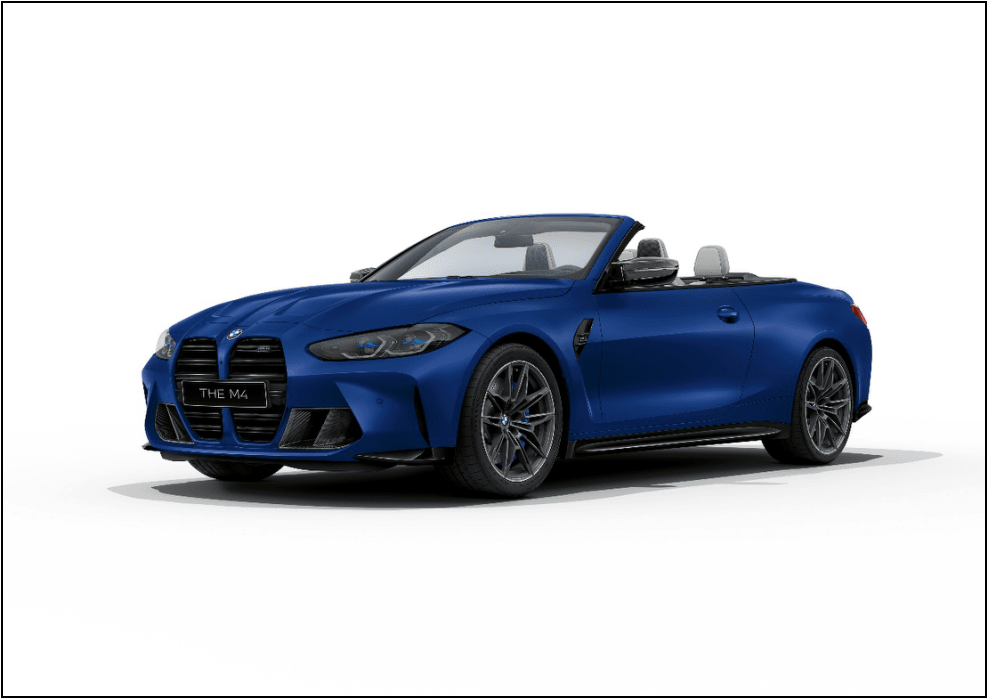
BBA’s new energy vehicles are lukewarm due to a lack of strong products, which is a common problem faced by traditional luxury brands. However, BMW’s iX3 strategy is flexible enough to be bold. Its Q2 sales increased by as much as 140% compared to Q1, thanks to its pricing system that is parallel to traditional fuel cars. The logic behind this is simple. Currently, electric vehicle sales are still mainly limited to cities with license plate restrictions, and new forces in this segment are pure incremental growth under the halo of license plates. BMW doesn’t need to worry too much, as long as the iX3 has a certain visibility and is not a forgotten product in the core sales area, it will achieve the expected level at this stage. You see, isn’t this still a matter of “penetration rate”?
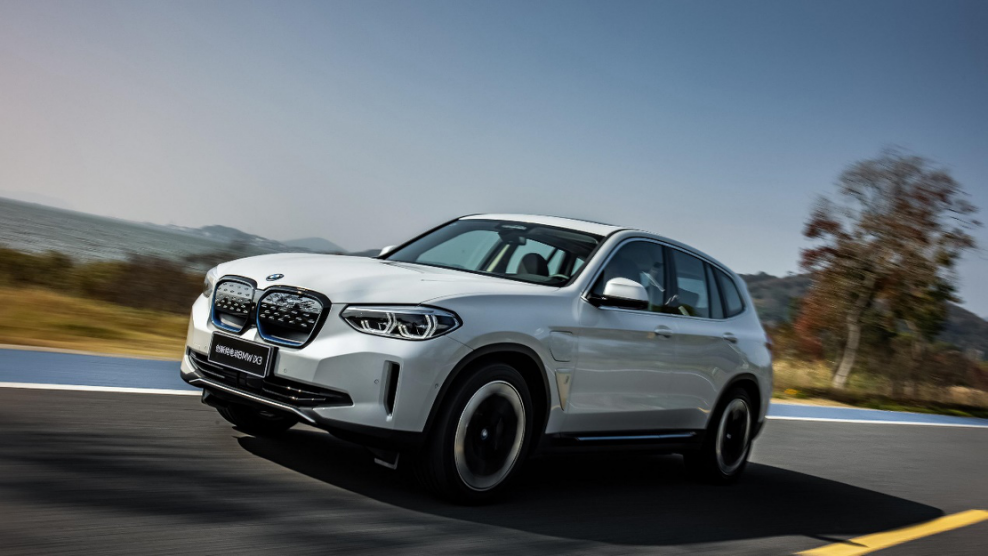
After this battle, BMW has the opportunity to transform its past accidental sales advantage into a system strength with certain barriers to entry. The consumer groups facing these century-old brands are changing rapidly, even faster than in the past decade. “Penetration rate” will be the critical value for new energy, new consumer groups, and BMW must firmly grasp it in its own hands. This is BMW’s simplest “strategy.”
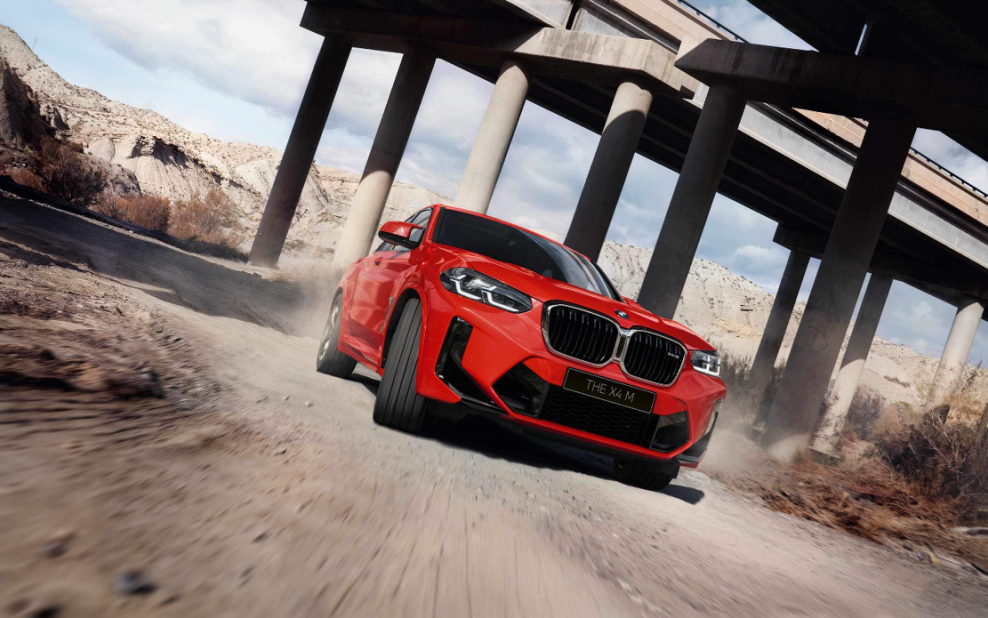
Of course, BMW should be most grateful for consumers’ support. If the chip shortage can be eased in Q4, and there’s a boost during the high-sales season in September and October… Let’s be bold. Can BMW sell over one million cars this year? If not this year, then next year?
Imagine again, if the BMW brand can steadily become one of the top 10 or even top 5 brands for mainstream users to choose fuel cars, what is there to worry about when switching to pure electric?
This article is a translation by ChatGPT of a Chinese report from 42HOW. If you have any questions about it, please email bd@42how.com.
